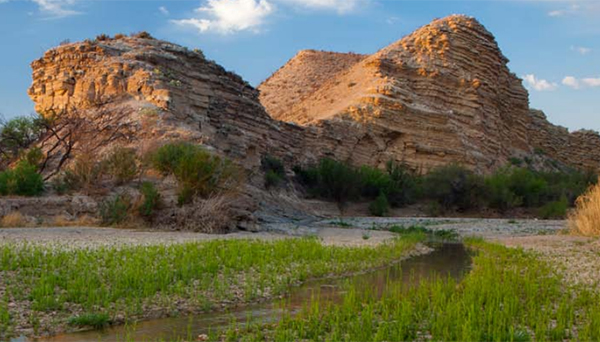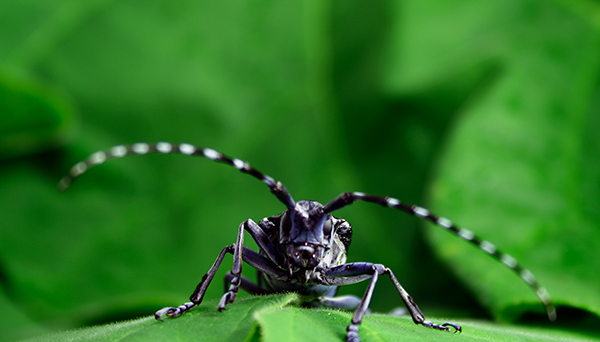Big Bend-Río Bravo Collaboration for Transboundary Landscape Conservation North American Invasive Species Network
Status: Completed
Operational Plan: 2011 - 2012
North America encompasses vast landscapes including mountains, rivers, grasslands, canyons and deserts. On our borders, where northern and southern ecosystems meet, live an incredible diversity of species, many of which, like fish, birds, bears and desert bighorn sheep, move freely across our boundaries. Transboundary conservation of these landscapes to connect habitat for plants and animals is critical for the development of strategies to protect biodiversity and allow adaptation to climate change.
This year, the Commission for Environmental Cooperation Council, the environmental ministers of Canada, Mexico and the United States, approved this project to join an unprecedented emerging coalition of government, NGOs, and private conservation partners in activities that highlight the importance of regional cooperation and demonstrate our commitment to strengthen transboundary conservation efforts across North America.
Inspired by the US-Mexico Presidential Declaration in May 2010 of a Big Bend-Rio Bravo natural area of binational interest, and building upon the success of conservation efforts in the region, such as the Big Bend Conservation Cooperative, this project will build capacity to strengthen transboundary conservation on a large scale and from a landscape perspective. This binational conservation cooperative includes US state and federal land and natural resource management agencies, Mexico’s federal environmental authorities, and the International Boundary and Water Commission, among others.
This conservation cooperative will strengthen and broaden science-based natural resource management practices by coordinating actions to understand and reduce stresses on the area’s ecosystem, including climate change. This growing binational partnership will also serve as a model for similar activities in other transboundary areas.
With the assistance of the Commission for Environmental Cooperation, the Parties will foster the growth and development of this transboundary partnership through facilitated and translated meetings, community outreach, and building capacity and expertise in science-based natural resource management. The partnership will engage in transboundary planning to identify shared resource values and priorities and implement strategies for conservation of ecosystem services, while creating strong linkages to related federal initiatives. This project will also serve as a component of the North American Invasive Species Network, encouraging citizen involvement in binational conservation efforts, including water and environmental education groups.
This project will develop a model for collaboration among decision-makers and partnerships focused on transboundary conservation. One output will be a science-based, binational conservation strategy for the Rio Grande/Río Bravo region. Part of the strategy will describe actions and benefits of invasive species management. Other outputs will include sustainable economic and social tools for integrating local communities into a regional conservation strategy.
Accomplishments
The CEC has previously supported work to define and map terrestrial ecoregions across North America as well as initiatives on several species of common conservation concern, including the development of detailed North American Conservation Action Plans for four terrestrial species.

